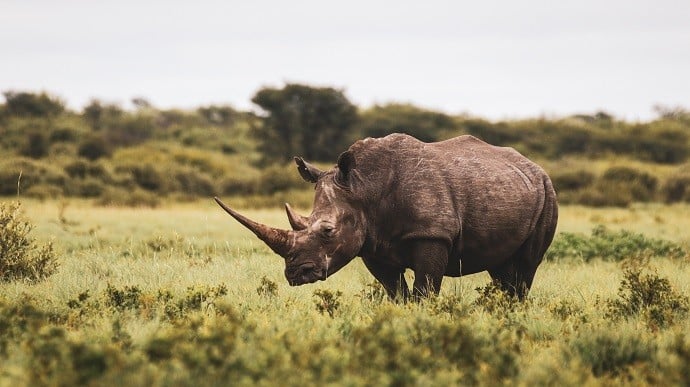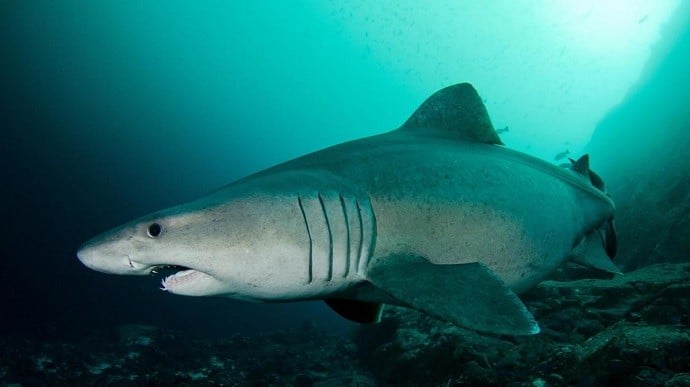
Professor Edward Snelling did his undergraduate studies at the University of Adelaide, Australia and joined the University of Pretoria’s Faculty of Veterinary Science in February 2019.
His research is at the interface of experimental physiology, biomechanics and biochemistry. He uses models from Africa and Australia to study resting and locomotor energetics, respiratory and cardiovascular performance, muscle and skeletal systems, and thermoregulation in mammals, birds, fish, and insects. More information here -> www.edwardsnelling.com
 Story
Story
A new study by researchers at the University of Pretoria (UP) and the University of Adelaide in Australia has revealed the real function of the giraffe’s long legs ¬– to reduce blood pressure.
 Infographic
Infographic
This infographic explains the long and short of a giraffe's legs. By having long legs, the giraffe is able to reduce the pressure it needs to get blood to its brain, thereby saving the animal energy.
 Photo
Photo
Using a digital creation known as an “elaffe” – a half-giraffe, half-eland chimera – researchers were able to demonstrate how blood pressure is reduced and how much energy is saved by a giraffe.
 Story
Story
New research by scientists at the University of Pretoria (UP) has shown that pulse oximeters, originally designed for humans, can be used more effectively to monitor the blood oxygen levels of rhinoceroses who are under anaesthesia and immobilised – by attaching them at an unusual site: the rhino’s ‘third eyelid’.
 Gallery
Gallery
UP researchers have been working on adapting the use of existing technology and testing it in the field to find an appropriate solution to mitigate complications arising from low oxygen levels during procedures like immobilisation. This new research improves our ability to provide care and ensure the well-being of rhinos in the field.
 Story
Story
New research arising from a collaboration between scientists at the University of Pretoria (UP) and Trinity College Dublin has shown there are likely more warm-bodied sharks out there than previously thought.
Copyright © University of Pretoria 2025. All rights reserved.
Get Social With Us
Download the UP Mobile App